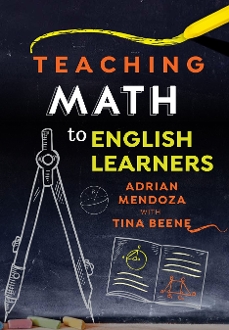Dear WeAreTeachers,
I teach 9th and 10th grade math in Dallas at a school where 90% of the students are Black and Hispanic. In one of my classes, I have two students who laugh very loudly together—so loud it’s a distraction. I’ve redirected them nearly every day since the beginning of the year, but it’s still a daily problem. Last week, I jokingly told them they needed to learn how to laugh quieter, and one of them said that was racist. I pointed out that if I were racist, why would I be teaching at their school? That landed me in hot water with my admin. I’m not racist—at all—and am offended that apparently everyone except me gets to decide what my motivations are. How do I come back from this? —Colorblind
Dear C.,
Early in my teaching, I had to record a video of myself teaching and send it

 Structured conversations in a math classroom are especially crucial when teaching English learners (ELs) or students who may feel frustrated or anxious when classmates’ responses to questions bypass the problem-solving process and skip to the solution. When the EL has a different, viable perspective, they might struggle to communicate. There is still a misconception that the first to respond is smarter than the
Structured conversations in a math classroom are especially crucial when teaching English learners (ELs) or students who may feel frustrated or anxious when classmates’ responses to questions bypass the problem-solving process and skip to the solution. When the EL has a different, viable perspective, they might struggle to communicate. There is still a misconception that the first to respond is smarter than the 